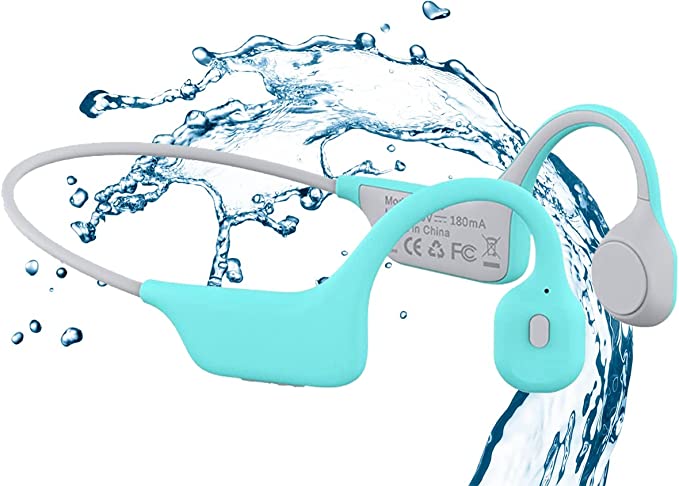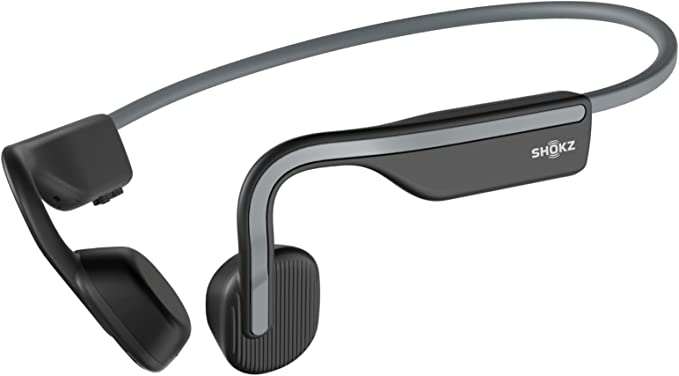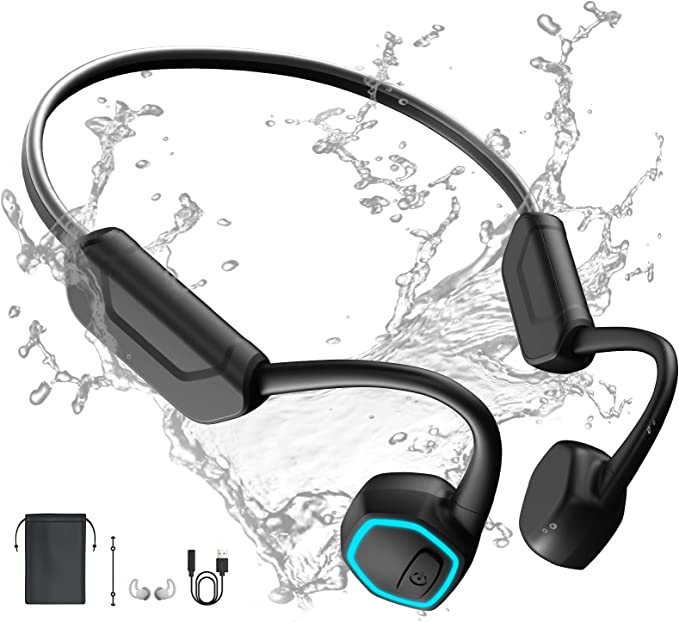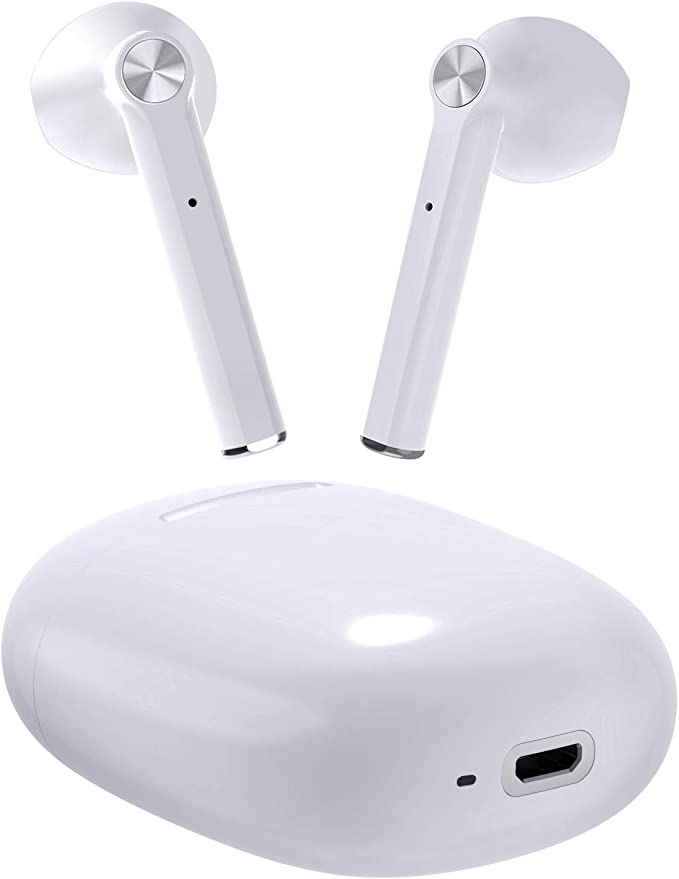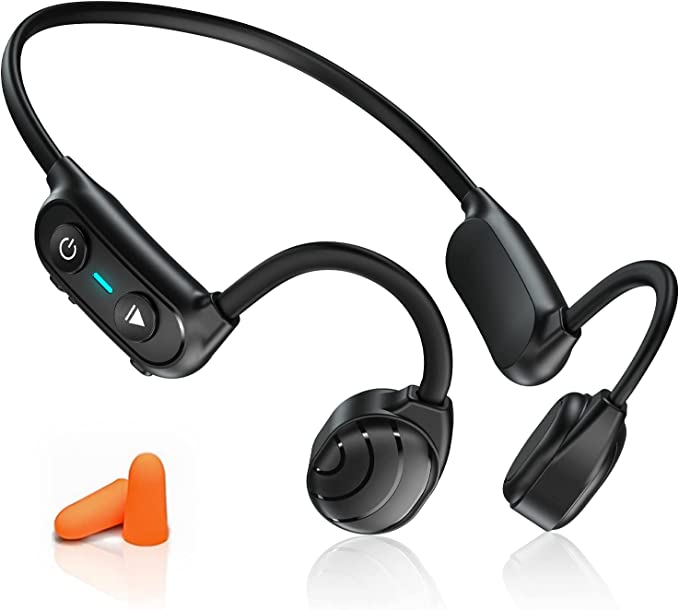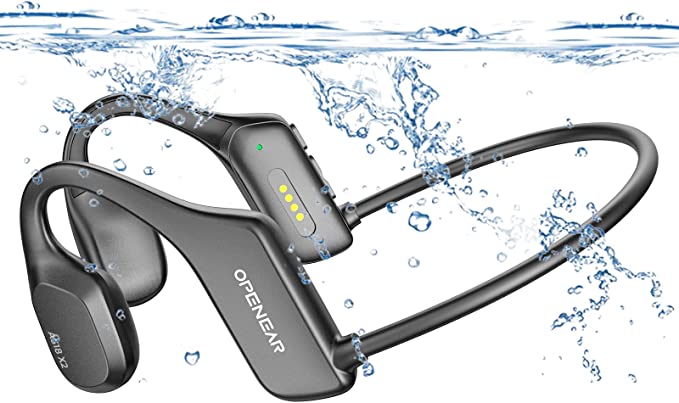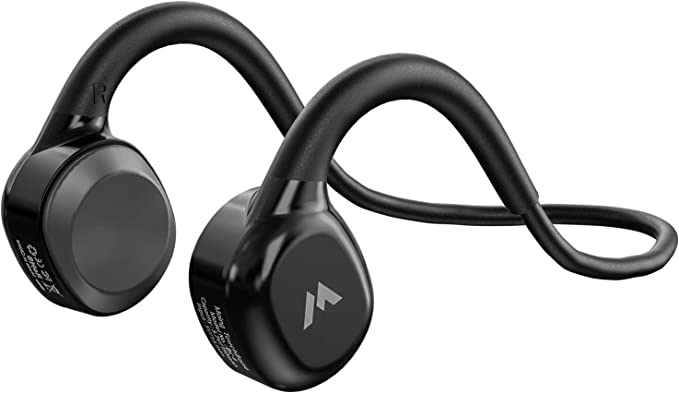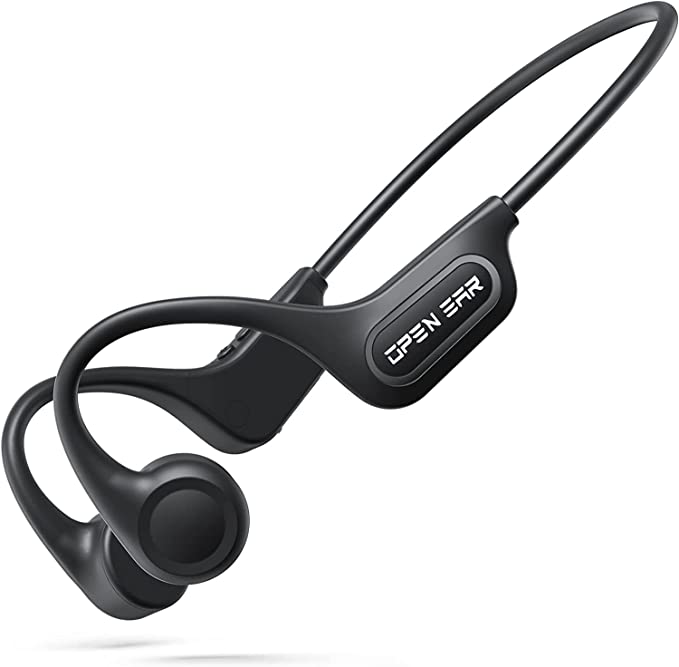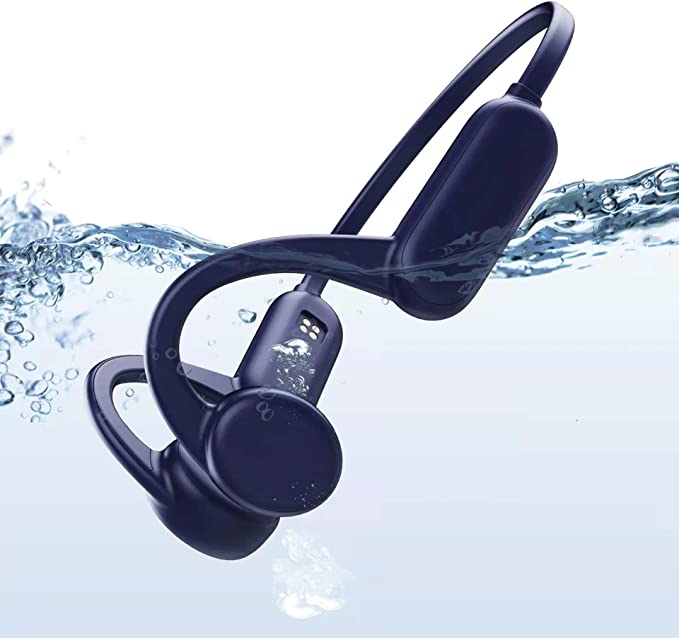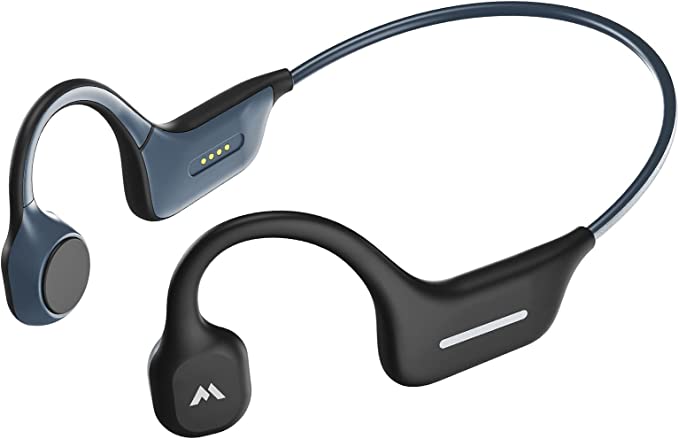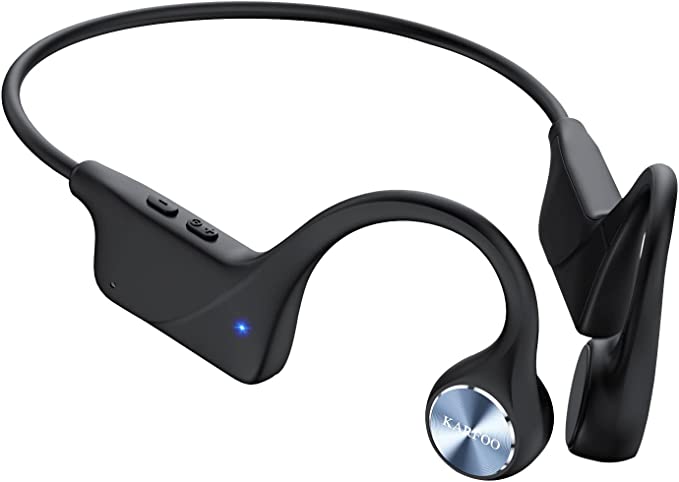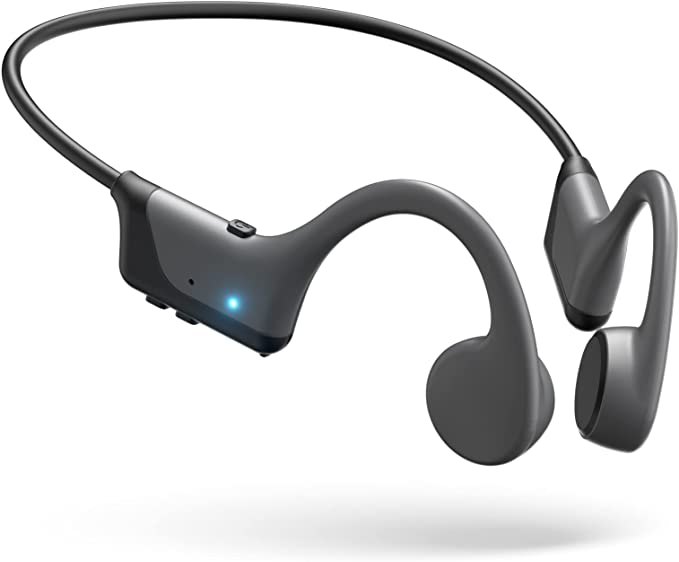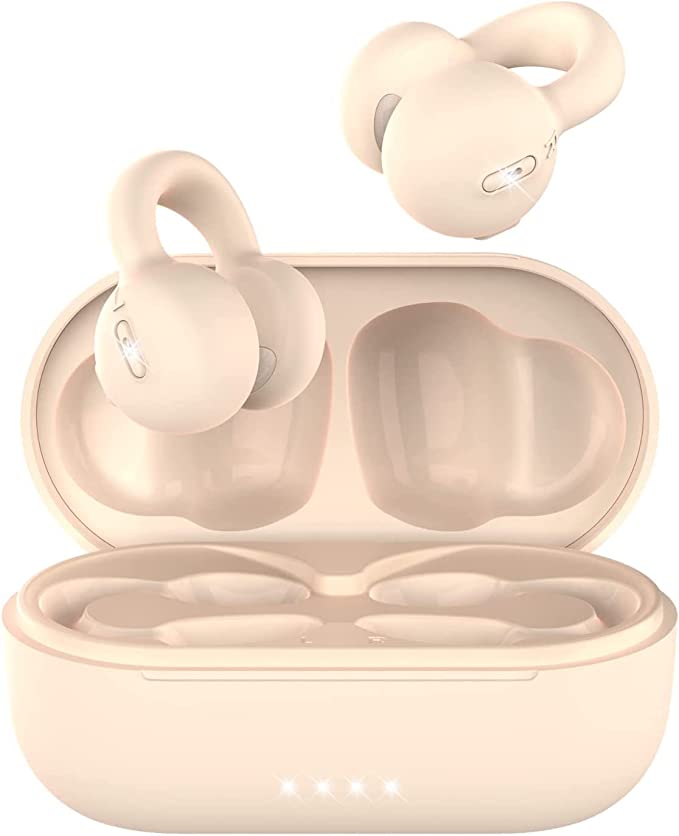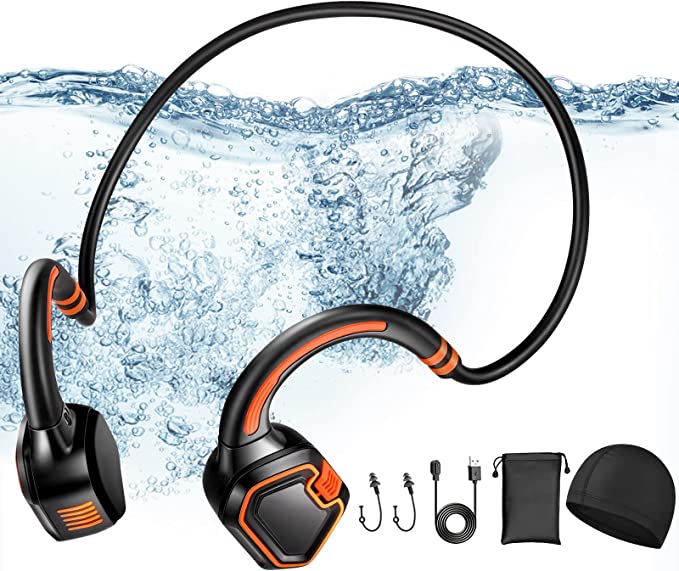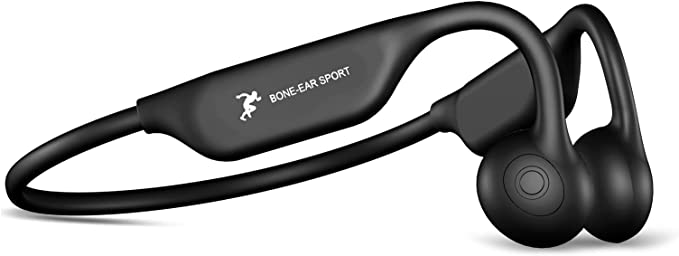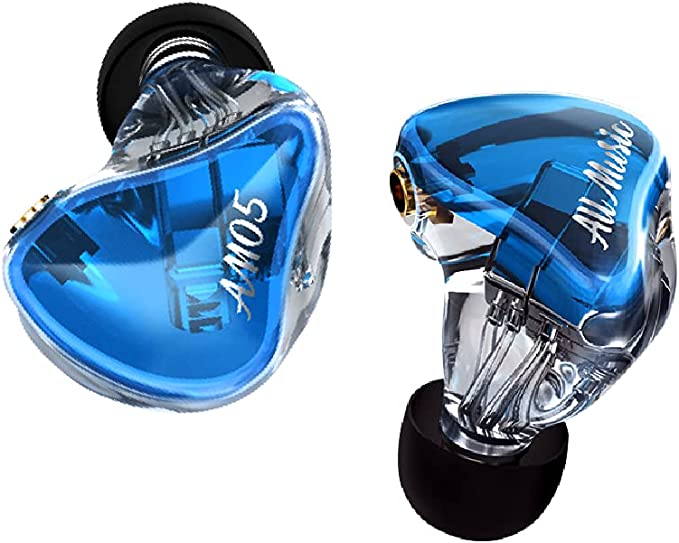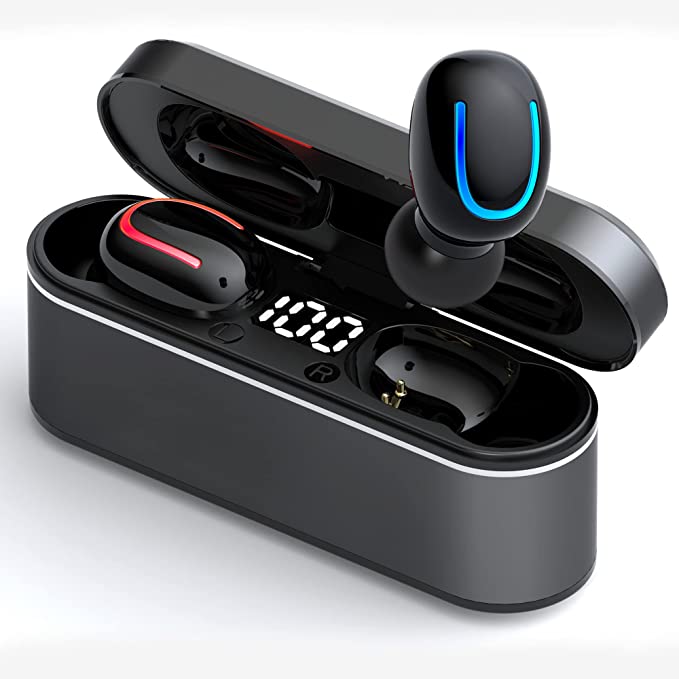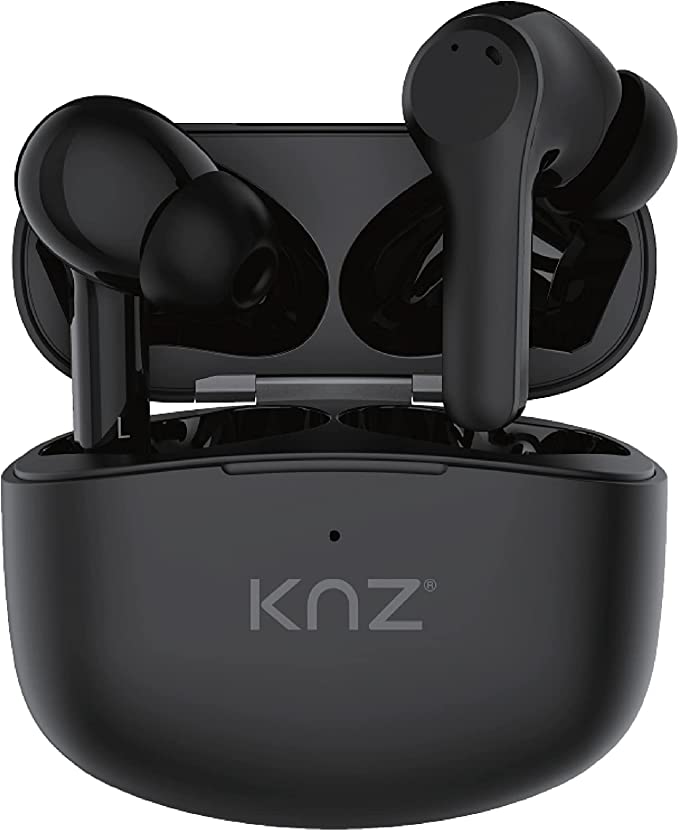CHENSIVE X19 Pro Bone Conduction Headphones: Lightweight and Comfortable Bone Conduction Headphones for Sports
Update on Aug. 4, 2025, 3:47 p.m.
Typically, you hear when sound waves travel through the air, are collected by your outer ear, and cause your eardrum to vibrate. These vibrations are transferred through tiny bones to your inner ear, or cochlea, which then sends signals to your brain. This is called air conduction.
However, there’s a second, more direct pathway. Bone conduction bypasses the eardrum entirely. Instead, it uses transducers that rest on your cheekbones to send tiny, imperceptible vibrations through the bones of your skull directly to the cochlea. You already have experience with this phenomenon—it’s part of the reason your own voice sounds richer to you than it does in a recording. The CHENSIVE X19 Pro leverages this often-overlooked biological feature to create its signature open-ear experience.
This isn’t new-age magic; it’s a principle with a rich history. In the early 19th century, the composer Ludwig van Beethoven, struggling with profound deafness, discovered he could hear the notes from his piano by biting down on a wooden rod attached to the instrument. The vibrations traveled from the piano, through the rod, and into his jawbone, directly stimulating his inner ear. He rediscovered a fundamental truth of acoustics: sound is, at its core, vibration.

Engineering in Motion: How Science Shapes the Experience
Modern bone conduction headphones like the CHENSIVE X19 Pro are the high-tech descendants of Beethoven’s rod. They apply these principles through thoughtful engineering designed for an active life.
The most immediate benefit is the open-ear design. Because nothing is blocking or plugging your ear canal, you maintain full situational awareness. It’s a fundamental shift in personal audio. You can enjoy a podcast during your morning run while still hearing an approaching cyclist or a car horn. For parents, this technology is a game-changer, allowing them to keep an ear on their children while listening to music. As one user, J. Miller, found, they are a great way for his kids to use their tablets without being completely cut off from the world.
This is made possible by a design that prioritizes both function and comfort. The headset is remarkably light, weighing only 32 grams. The frame, crafted from a memory titanium alloy, provides a secure-but-gentle clamping force. This material is crucial; it’s flexible enough to fit a wide range of head sizes and durable enough to withstand being tossed in a gym bag, all while being strong enough to efficiently transmit vibrations. The goal of this ergonomic design is to minimize pressure points, making all-day wear a comfortable reality.
Connectivity is handled by the latest Bluetooth 5.3 chip. This isn’t just a version number; it translates to a more stable, efficient connection to your device. It minimizes audio dropouts and sips power, which is essential for achieving the device’s claimed 6+ hours of music and talk time on a single charge. For the user who reported their headset lasting from “6am to 21 pm,” this efficient power management is key.

The Physics of Sound and The Great Trade-Off
So, if bone conduction is so effective, why don’t all headphones use it? The answer lies in the physics of sound and an unavoidable trade-off.
Bone conduction excels at transmitting mid-to-high-frequency sounds, which is where the clarity of voices and most musical instruments resides. This is why users report that phone calls are “very clear.” However, it is less efficient at reproducing the deep, resonant bass frequencies that many listeners crave. Low-frequency sound waves have long wavelengths and require moving a significant amount of air (or, in this case, bone) to be perceived powerfully. Traditional headphones create a sealed chamber in your ear to do this effectively. Bone conduction, by its very nature, cannot. As one user bluntly put it, “There’s not any real bass to speak of.”
This isn’t a design flaw, but a fundamental compromise inherent to the technology. The CHENSIVE X19 Pro, and indeed all bone conduction headphones, trade the visceral thump of a subwoofer for the invaluable gift of situational awareness. They are not designed for critical, audiophile-grade listening in a quiet room. Instead, they are a specialized tool, perfected for the moments when your audio needs to coexist with the world around you.
The experience is further refined by a design that anticipates an active lifestyle. A waterproof rating ensures that sweat from a strenuous workout or an unexpected rain shower won’t damage the electronics. While the proprietary magnetic charging cable was a point of contention for some users who prefer the universality of USB-C, it offers a sealed, port-less design that enhances water resistance and offers quick, hassle-free connection.

A New Philosophy of Listening
Ultimately, the CHENSIVE X19 Pro represents more than just a different type of headphone. It embodies a different philosophy of personal audio: integration over isolation. It argues that technology should augment our reality, not create a bubble that separates us from it. While it may not replace your over-ear noise-canceling cans for a long flight, it offers a compelling, safer, and often more comfortable solution for running, cycling, working in an open office, or simply walking through your day with a personal soundtrack that doesn’t silence the world. By understanding the science behind the vibrations, you’re not just buying a gadget; you’re choosing a new way to hear.
